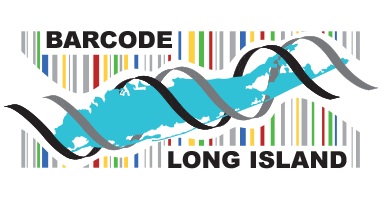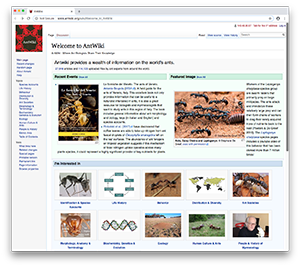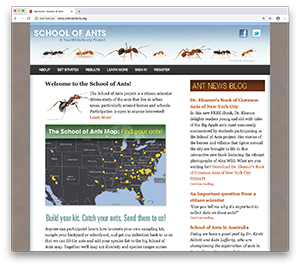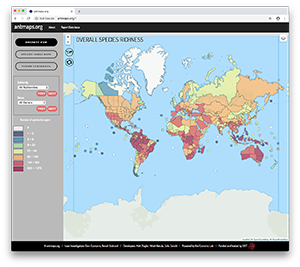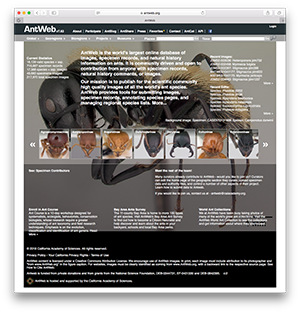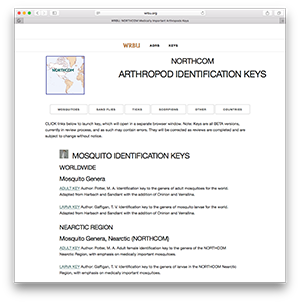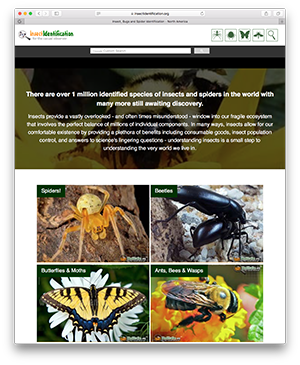To assist students with development and data analysis of their campaign projects, we have compiled publicly available resources for each of the annual campaigns. The resources can be used to support taxonomic identification, provide background information about collected organisms, display distribution and range maps, etc. “Use” and “Limitations” as determined by DNA barcoding program staff are provided with each to guide students to the most appropriate resource for their project needs.
Ants
AntWiki
Use: An exhaustive and invaluable evaluation of ants throughout the world. Accurate, taxonomically up-to-date, and provides keys and information for how to separate different ant subfamilies, genera, and species.
Limitations: Links may be highly technical, and while the information is generally accurate and reliable for practical purposes, it is community updated.
School of Ants
Use: A nice key for commonly found urban species of ants. User friendly and intuitive.
Limitations: Not an exhaustive overview of ants, but a good start for urban ant identification.
AntMaps
Use: A great tool that shows the locations of thousands of curated species across the world. Interactive maps allow users to view overall species richness and species range, as well as a comparison of species common to multiple locations.
Limitations: Species comparison mapping doesn’t allow the user to determine exact locations (latitude/longitude) of the overlapping species, though allows mapping by specific regions. Additionally, while records are associated with references, there are no corresponding images of the species.
AntWeb
Use: An open source and community driven resource with documentation of over 490,000 specimens across > 35,000 taxa and a mission to publish high-quality ant photos. Contains community contributed and natural history obtained specimen information, and provides the ability to generate distribution maps and field guides.
Limitations: While the database is large, it is not exhaustive and there may be some published inaccuracies on the database due to it being open source. The website is sometimes slow to load, returning a “no information” indication in the database when organism information is, in fact, available.
Mosquitoes
Walter Reed Biosystematics Unit (WRBU) NORTHCOM
Use: This database contains an electronic key for mosquitoes worldwide where taxonomic characters can be input to generate possible species.
Limitations: May be difficult for beginners as it requires the user to determine the important characters in which to narrow down potential taxa in the database. May be time-consuming to navigate.
Beetles
Insect Identification Guide
Use: This database allows users to sort through common insects by location and picture, and has a suitable collection of beetles common to North America, as well as further refined to New York State. A nice feature of the site is the ability to remove results from the search based on photographs of the organisms, to assist with narrowing down potential matches. Search results provide organism photographs, modest background information, taxonomic hierarchy, identifying information, distribution map, and general organism anatomy.
Limitations: Navigating the site isn’t necessarily intuitive, and can be difficult to access data from a search when results are peppered with targeted advertisements. Database is far from exhaustive, and species-level information is not available for many invertebrates (though higher-level taxa information may be).
Aquatic Invertebrates
Coming soon
